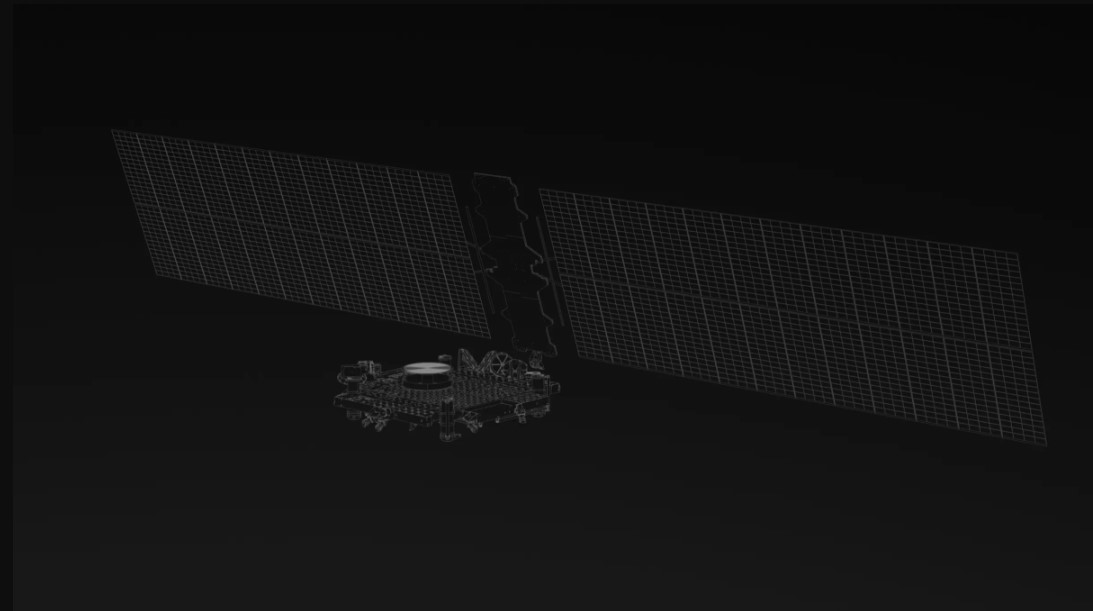The U.S. government has already come to rely heavily on SpaceX’s launch services, but the company is now diving headfirst into a pool it had previously only dabbled in. A brand-new division of SpaceX called Starshield will offer customized satellite designs and secure communications to “government entities” (think three-letter agencies).
Alongside Dragon, Starlink, and Starship, the new brand (possibly a subsidiary) was listed as a new top-line category on SpaceX’s website, but it has not received any further visible promotion or discussion in the company’s media channels. I’ve asked the business for more information on a few things, but as of right now, everything is on the Starshield page.
Although the slogan “supporting national security” appears on the website, it is not yet clear whether this will actually directly support military intelligence or operations or limit itself to, if not purely civilian, then less combat-forward roles. The military is very dependent on satellite-sourced data, especially live imagery, and both creates its own with spysats and pays businesses like BlackSky for it. While some other countries might be able to use some of these capabilities, there are restrictions on how much can be sold abroad.
Starshield’s website uses the present tense when describing the services it offers, but it does not list any current missions or clients, suggesting that this may be rhetorical. Nevertheless, the business asserts that it specializes in satellite bus design, secure communications, and Earth observation.
Although SpaceX has a lot of experience launching satellites into orbit with Starlink, that network was designed to serve consumers and be all-purpose rather than as a task-oriented asset like a spysat. SpaceX has been very quiet about designing and launching any of its own military-grade Earth observation satellites. However, Starlink’s success demonstrates that, in theory, there is no reason the company shouldn’t be able to do so.
The “Starshield user equipment” that SpaceX claims is necessary for this government-focused service is anticipated to operate similarly to Starlink’s but adheres to certain requirements for ruggedness, access, documentation, and compatibility with existing networks and assets. The Starshield version will likely be one of the higher-end ground stations, beefed up (for example, with “additional high-assurance cryptographic capability”) and with a price tag to match. Starlink itself has multiple tiers of ground stations, from common consumer rooftop type to paired extra-tough nautical type.
More importantly, this action assists in separating consumer work from government activities. The business regrets that the installation of thousands of terminals in Ukraine has led to a maze of legal and financial disputes: Ukraine is unable to pay, its allies refused to pay, and SpaceX is unable to continue providing the pricey service for free eternally. This is partially due to the fact that the network as a whole was never intended to be utilized in this way, and adding a military or aid operation to a consumer offering had unintended results.
SpaceX certainly intends to avoid the hazy distinctions between being a global broadband provider and being a supplier of military information by being more deliberate about the services it offers government agencies and under what conditions. Both may be extremely lucrative in their own ways, but rarely does one product adequately fulfill both demands.

The company also says it makes a modular satellite bus for different mission types, but this claim is unsupported by evidence. That is not to say it isn’t true, but the capability is only mentioned and not demonstrated with anything more than a wireframe image.
Who knows how far along SpaceX has actually gotten in developing the capabilities it describes here; they may have already prototyped some of these things with potential customers, or this may simply be a declaration of intent with those customers in mind. Whatever the case may be at the moment, it is obvious that we will learn more about this service as its functions continue to elude efforts at secrecy; for instance, it is challenging to launch a significant Earth observation satellite in secret.
I have contacted SpaceX for more details regarding its clients and capabilities, and if they reply, I’ll update this article.
 Tech Gadget Central Latest Tech News and Reviews
Tech Gadget Central Latest Tech News and Reviews




